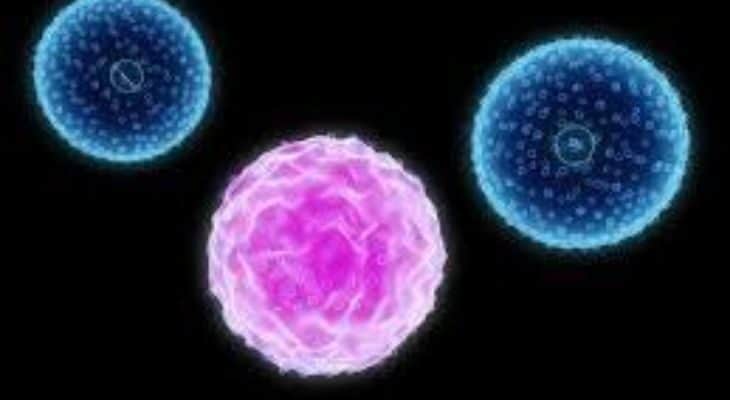
Table of Contents
- Chemotherapy
- Targeted Therapy
- Radiation Therapy
- Bone Marrow or Peripheral Blood Stem Cell Transplant
Acute lymphocytic leukemia (ALL) is a fast-growing form of leukemia that starts in white blood cells called lymphocytes. It is the most common form of leukemia diagnosed in children, with highest risk of development occurring between the ages of two and four years old 1. Overall, acute lymphocytic leukemia accounts for approximately 5,300 newly diagnosed cases of leukemia in both children and adults every year.There are several subtypes of acute lymphocytic leukemia, each of which respond to treatment differently. Therefore, treatment options for one subtype may differ from another subtype, but treatment typically consists of one or more of the following:
Chemotherapy
- The standard treatment for acute lymphocytic leukemia is a combination of two or more chemotherapy agents, which is usually given over the course of two or more years.
- Recommended:Small cell cancer
-
Targeted Therapy
- Recent scientific research has shed light on specific genes that go awry in certain forms of cancer, which has resulted in new treatment options designed to target these genetic abnormalities. In some patients with acute lymphocytic leukemia, the Philadelphia chromosome becomes abnormal. Two targeted therapies called Gleevec and Sprycel are designed to attack acute lymphocytic leukemic cells that have this abnormal chromosome.
-
Radiation Therapy
- External radiation is used in certain instances for the treatment of acute lymphocytic leukemia. Specifically, it is used as part of a stem cell transplant, or can be used to treat cancer that has spread to the brain or causes a lot of bone pain.
-
Bone Marrow or Peripheral Blood Stem Cell Transplant
- This form of treatment occurs when high doses of chemotherapy or radiation are given to destroy bone marrow cells (where white blood cells develop) and then are replaced with healthy stem cells, which form new white blood cells, previously removed from the bone marrow or blood of the patient or a donor.













